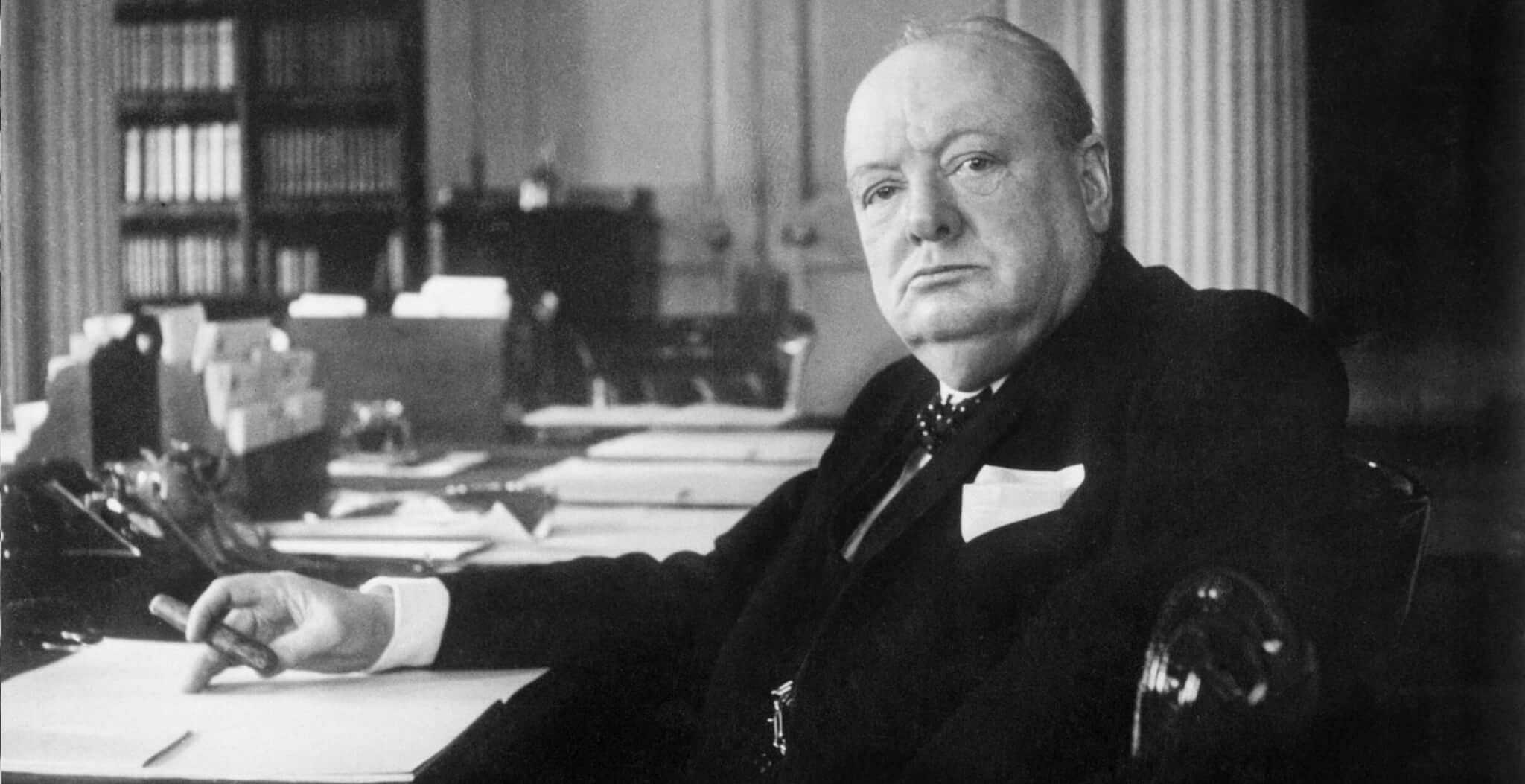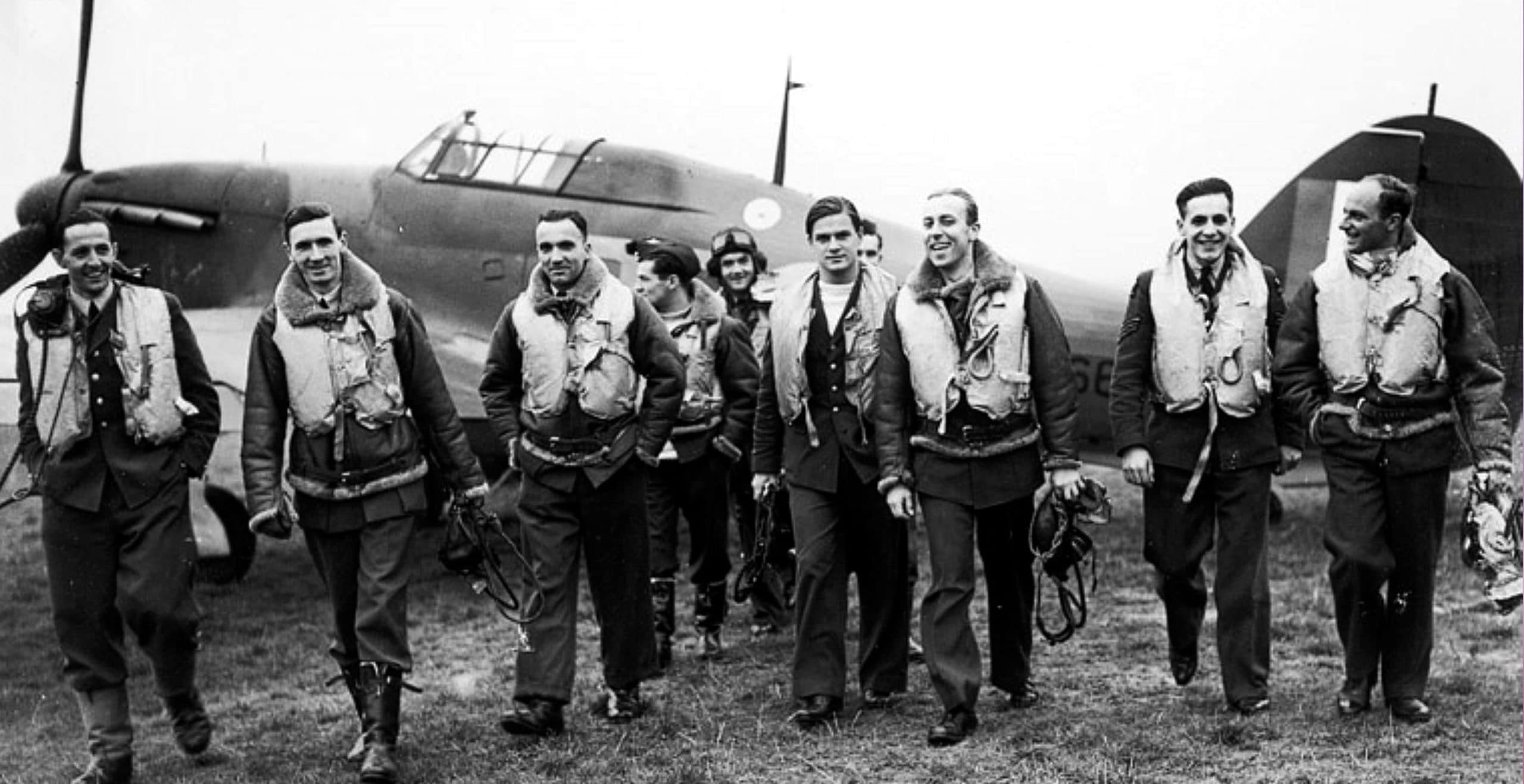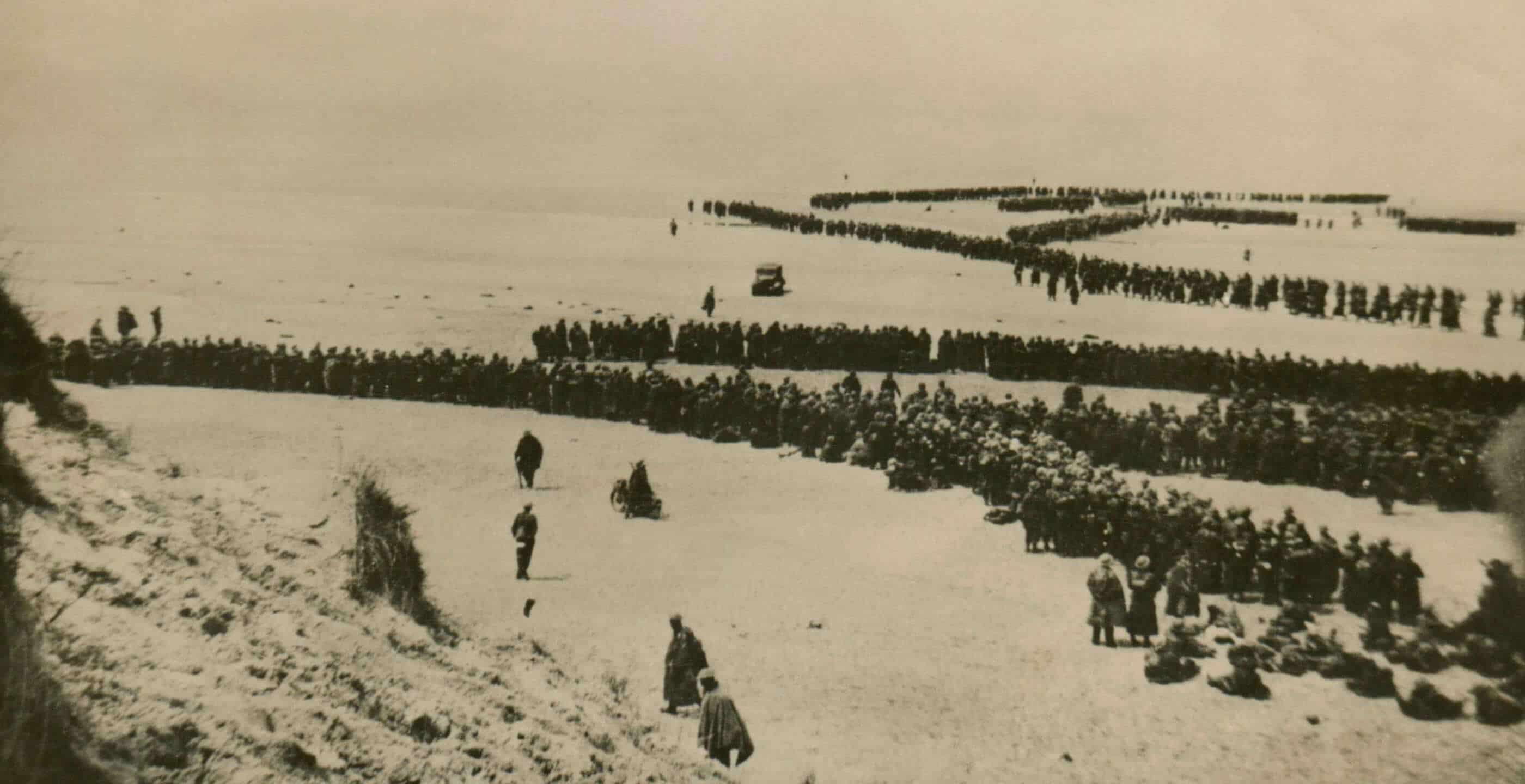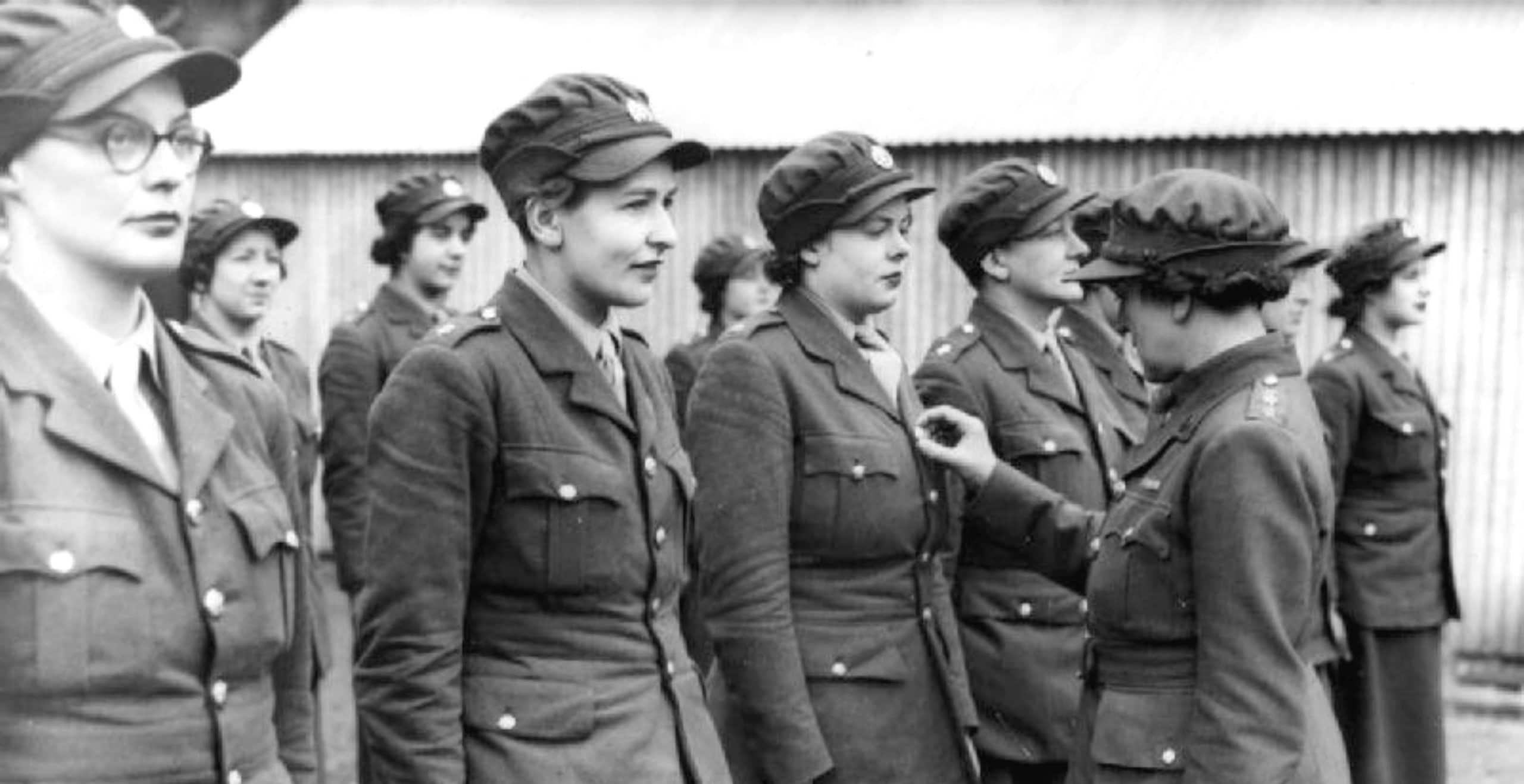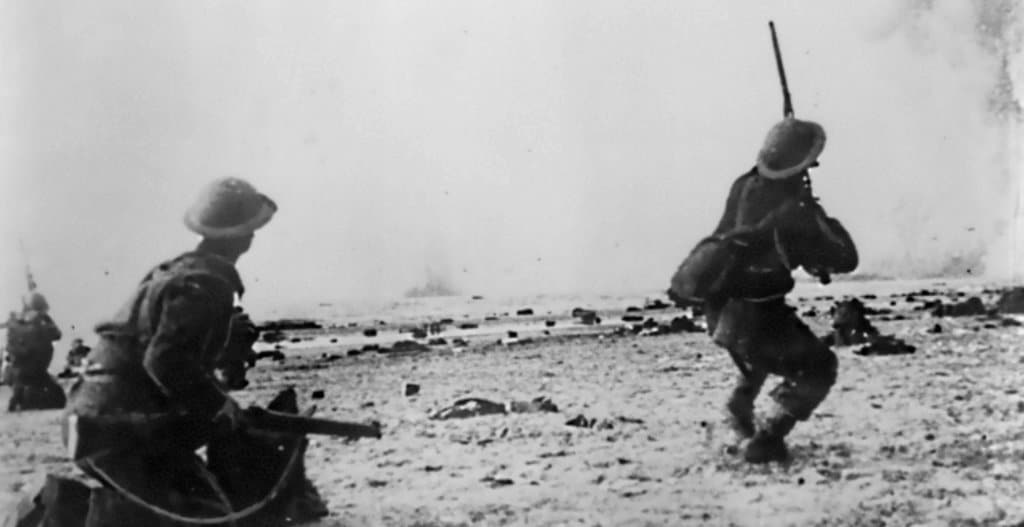The summer of 1940 marked some of the darkest days in British history. The British army had been successfully evacuated from the beaches of Dunkirk, but arrived back on the shores of Britain without a majority of its equipment and weapons. The victorious and all conquering German army stood just across the Channel, waiting, it seemed, for the right time to invade.
It was in these desperate days Churchill instigated a highly secret organisation, the Auxiliary Units, that in the event of a successful German invasion, would have made up the British resistance. This force was formed of civilian volunteers who were outside the ages for call up to the regular forces or were in reserved occupations.
They were recruited the length of the country in coastal counties, with around 3,500 joining. Such was the secrecy associated with the force that all of them signed the Official Secrets Act, not telling their closest families and friends what they were up to.
Their role, once the invading forces had reached their part of the country, was to literally disappear to their operational bases (OBs) that were dug underground across the British countryside. Each unit (made up of 5-6 men) would wait for the German army to pass over them and come out, mainly at night, to take out strategically important targets, ammunition and fuel dumps, transport links, assassinate high ranking German officers and even British collaborators.
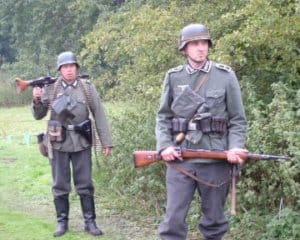
The men were picked as they had an intimate knowledge of their local area and could live off the land if necessary. As a result of these requirements they were often farm workers, farmers, gamekeepers and even poachers.
They trained at a stately home at Coleshill, Oxfordshire. Here, they were taught the latest techniques in guerilla fighting, given the latest weapons (often before the regular forces) and trained to use explosives and assassination techniques. Such was the secrecy surrounding the Auxiliary Units that when they arrived at Coleshill station they were directed to the local Post Office, where they had to give the local postmistress, Mabel Stranks, a password. She would then call Coleshill House who would send a vehicle, which would drive a convoluted route back to the stately home before offloading the volunteers.
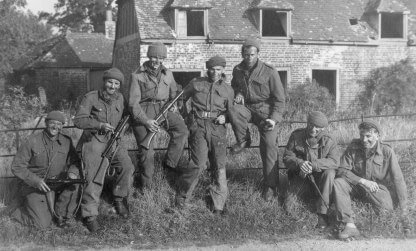
Once training had been completed, they would head back to their county and join up with the rest of their unit. Their OBs were built either by Royal Engineers (brought in from outside of the area) or by the units themselves. Unseen from above the ground, the OBs’ entrances were completely disguised. Inside, deep underground, were bunks, storage, often an Elsan toilet and enough supplies for a fortnight (including a large barrel of rum). It is here that the men would have stayed as the Nazi army passed over their heads, where they would have come back to from various missions and in all likelihood where they would have met their end as the Germans tracked their movements.
The secrecy connected to the Aux Units was such that those who knew of the existence of the local patrols or the location of an OB, even people in positions of power and authority, were, once the occupation was in place, a legitimate target for the patrols. Some units were given sealed orders not to be opened until the invasion had occurred which contained the names of local targets (chief of police for example) to be assassinated.
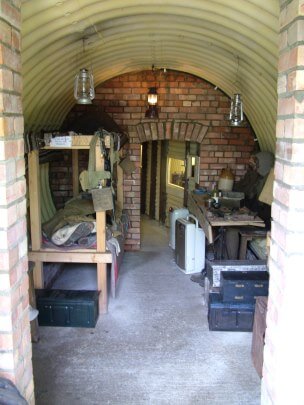
Photo © staybehinds.com
The secrecy also meant that some were targeted by those who thought they weren’t doing ‘their bit’. We have evidence of some Aux Units members being given white feathers, but couldn’t say anything to defend themselves as they had signed the Official Secrets Act. Their families and friends had no idea what they were up to and most never would.
We now know the horrific atrocities that the Nazi army committed in revenge for the actions of resistance forces in mainland Europe. How the Auxiliary Units would have reacted in the face of such actions, potentially against their friends and family is thankfully unknown, but we do know that their actions would have caused a real headache for the invading forces. They were not taking on the Germans in set piece battles but trying to cause as much chaos as possible, to give the regular British forces time to regroup and where possible, counterattack.
As the war drew on and Britain survived the initial period of danger, the Aux Units continued with their intense training (both at Coleshill and in their local area) and the level of secrecy remained extraordinarily high. Like the Home Guard, the members of the Aux Units were expected to undertake extensive levels of training, to then return home with little sleep and carry on with their war critical day job.
The level of training that the Aux Units undertook meant that they were perfect recruits for the emerging special services such as the SAS. A number of individuals were tempted into the SAS and took part in hugely dangerous missions in occupied Europe, with some losing their lives as a result.
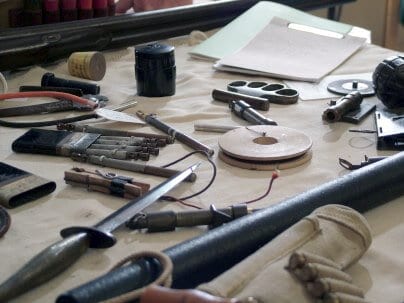
Photo © staybehinds.com
The Aux Units were eventually stood down in late 1944. They were offered no recognition, were entitled to none of the medals or awards that other home forces such as the Home Guard received, with the men just going back to their day-to-day lives. It was not until the Coleshill Auxiliary Research Team (CART) successfully lobbied for veterans and relatives to take part in the annual Cenotaph Remembrance Sunday March Past in 2013, that there was any form of official recognition of the huge sacrifice they were willing to make in the country’s darkest hours.
CART research and try to understand more about this remarkable group civilian volunteers. The fact that it is now over 70 years since the Auxiliary Units were founded, any remaining veterans are now in their 90’s and so we are making one last effort to find anyone out there that might have been involved. We are also looking for people who might have suspicions that a family member was involved, think that they know the location of an OB or have any other information related to the Aux Units.
Anyone with any information should contact general@coleshillhouse.com. You can find out more information about the Aux Units here: www.staybehinds.com
By Andrew Chatterton for the Coleshill Auxiliary Research Team.
